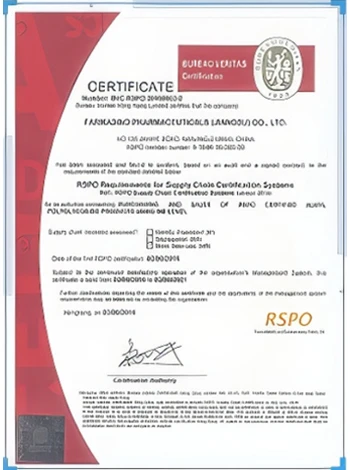



plumbous oxide
Plumbous Oxide Properties, Applications, and Safety Concerns
Plumbous oxide, commonly known as lead(II) oxide and represented by the chemical formula PbO, is a significant inorganic compound that plays a pivotal role in various industrial applications. This compound exists in two primary forms the red variant, which is known as litharge, and the yellow form, called massicot. Each of these forms has distinct properties that make them suitable for specific uses.
One of the most notable characteristics of plumbous oxide is its high melting point, around 888 degrees Celsius (1630 degrees Fahrenheit), which contributes to its utility in high-temperature applications
. Its solubility in acids, particularly in hydrochloric and nitric acids, further enhances its relevance in chemical processes. Additionally, PbO exhibits semiconductor properties, making it valuable in the electronics industry where it finds use in manufacturing glass, ceramics, and as a pigment.plumbous oxide

Plumbous oxide is predominantly used in the production of lead-based batteries, particularly in lead-acid batteries, which are widely utilized in automotive applications. The ability of PbO to facilitate the electrochemical reactions necessary for battery operation makes it indispensable in this sector. Furthermore, its role in the production of glassware, where it enhances clarity and durability, cannot be overlooked. The compound also serves as a critical ingredient in the manufacture of certain types of ceramics and glazes.
Despite its usefulness, plumbous oxide poses significant health risks due to the toxic nature of lead. Exposure to lead compounds can lead to severe health issues, including neurological damage, especially in children. Consequently, strict regulatory measures are in place to govern the handling and disposal of lead-containing products. Industries utilizing PbO must implement effective safety protocols to mitigate the risks associated with lead exposure.
In summary, plumbous oxide is a versatile compound with a wide range of industrial applications, from batteries to ceramics. Its unique properties make it an essential material in various fields. However, the toxicity of lead requires careful management and oversight to protect human health and the environment. As industries evolve and seek safer alternatives, the future of plumbous oxide may be shaped by advancements in technology and regulatory frameworks aimed at minimizing lead-related hazards. Balancing its utility with safety considerations will remain a crucial challenge for manufacturers and regulators alike.
-
Why Sodium Persulfate Is Everywhere NowNewsJul.07,2025
-
Why Polyacrylamide Is in High DemandNewsJul.07,2025
-
Understanding Paint Chemicals and Their ApplicationsNewsJul.07,2025
-
Smart Use Of Mining ChemicalsNewsJul.07,2025
-
Practical Uses of Potassium MonopersulfateNewsJul.07,2025
-
Agrochemicals In Real FarmingNewsJul.07,2025
-
Sodium Chlorite Hot UsesNewsJul.01,2025










